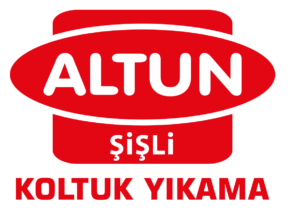Chainlink (LINK): The Future Of Decentralised Data
The future of decentralized data: Discovering the potential of the chain (link)
In a world where data is a lifetime of modern economies, and the Internet has increasingly intended with our daily lives, the concept of decentralization has taken the center stage. One technology that embodies this vision is a crypto currency, a specially decentralized Oracle network known as Chainlink (Link). In this article, we will dive into the world of the chain and explore its potential to revolutionize the way the data is traded and exchanged in a truly decentralized way.
What is blockchain and decentralization?
Before diving at Chainlink, it is crucial to understand what blockchain and decentralization are. Blockchain technology is a distributed book that captures transactions over a node network, ensuring transparency and security. Decentralization refers to the absence of centralized control or ownership in the entity, allowing a free exchange of data without the need for intermediaries.
Problem with traditional data exchange

Traditional data exchange methods include intermediaries such as banks, payment processors and stock markets, which charge fees for each transaction. This creates a significant obstacle to free protest data, which leads to ineffective transactions, high costs and reduced transparency. Furthermore, these traditional systems are sensitive to centralization and manipulation.
The role of the chain
Chainlink solves this problem by creating an Oracle network that allows exchanging decentralized data in real time. Oracle is a reliable source of information that can be asked by smart contracts, allowing a flawless exchange of data between different platforms and services.
How the chain of works
Here is a simplified explanation of how Chainlink works:
- Decentralized data sources : Chainlink is associated with various decentralized data sources, such as blockchain knots, APIs or other external systems.
- Smart Contracts : Data downloaded from these sources are stored in smart contracts that can be executed on Blockchain.
- Oracle Network : Smart Contracts then ask Chainlink, using a protocol that ensures safe and effective communication with each Oracle node.
Chain advantage
So what does Chainlink do so convincing? Some of his key advantages include:
* Decentralized data exchange
: Chainlink allows you to free data exchange on different platforms and services without relying on mediators.
* Real Time Data : Chainlink’s Oracle Network provides access to real -time data, reducing delay and improving performance.
* Security : Chainlink uses advanced cryptography to ensure safe and unauthorized data transfer.
Use cases for chain link
Chainlink has numerous cases of use in different industries:
* Defin (decentralized finances) : Chainlink allows the creation of decentralized protocols of loans and other financial instruments, reducing fees and improvement of transparency.
* Playing : Chainlink makes it easier to exchange data in real time between players, teams and spectators, creating more impressive playing.
* SUPPLICATION LANCER MANAGEMENT: Chainlink helps optimize the work of the supply chain by providing data in real time on stock levels, production costs and demand.
Conclusion
Chainlink is a significant turning point in the development of decentralized technologies. By allowing free data exchange on different platforms and services, Chainlink is ready to revolutionize various industries and ecosystems. As cases of use for the Lika Lika are still wider, it will be exciting to see how this technology continues to shape the future of the data trade.
Key acceptance
- Blockchain technology provides the basis for decentralized data exchange.
